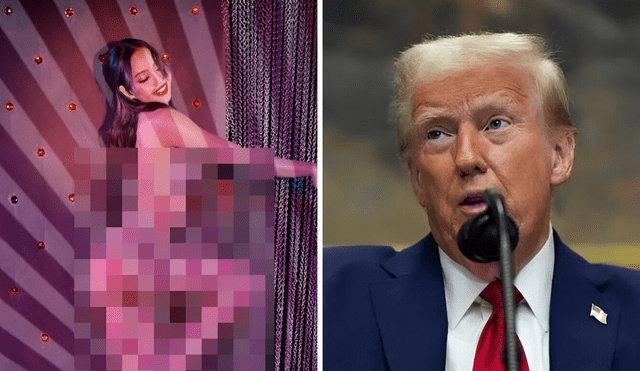Trump signs ‘Take It Down Act’ into law to combat deepfake pornography
The bipartisan bill "Take It Down Act" which Trump will approve, targets nonconsensual explicit content, including AI-generated deepfakes, with criminal penalties and mandatory content removal.

President Donald Trump signed the Take It Down Act into law on Monday, marking a rare bipartisan victory in his second term. The legislation, aimed at combating the rise of nonconsensual explicit content—both real and AI-generated—was passed overwhelmingly by Congress, reflecting growing concern over the misuse of artificial intelligence in online sexual exploitation.
The law criminalizes the publication and threat of publication of intimate visual material without consent, including manipulated images created using deepfake technology. Under the new law, violators may face fines, prison sentences, or both, while victims are entitled to mandatory restitution.
Key provisions and enforcement mechanisms
The Take It Down Act requires that websites remove flagged sexually explicit imagery within 48 hours of receiving a takedown request from a victim. The Federal Trade Commission (FTC) will enforce the law and ensure that platforms not only delete the original content but also attempt to remove any copies that may exist across the web.
The bill covers both authentic and AI-generated images, reflecting the increased use of artificial intelligence in creating deepfake pornography. It also criminalizes threats to publish such content, extending legal protections to victims facing coercion or blackmail.
Bipartisan support and legislative background
Sponsored in the Senate by Sen. Ted Cruz (R-Texas) and Sen. Amy Klobuchar (D-Minn.), and introduced in the House by Rep. Maria Elvira Salazar (R-Fla.), the bill passed 409–2 in the House and by unanimous consent in the Senate. While many states have enacted laws targeting deepfake pornography, the bill’s sponsors noted that existing legislation varies widely in scope and enforcement, necessitating a federal standard.
First Lady Melania Trump played a significant role in advancing the measure, holding meetings with lawmakers, survivors, and advocates. She also hosted an event on Capitol Hill in March, emphasizing the bill’s importance for protecting youth online. “Every young person deserves a safe online space to express themselves free from the threat of exploitation or harm,” she said.
White House ceremony and political context
President Trump signed the bill during an afternoon ceremony in the White House Rose Garden, with First Lady Melania Trump in attendance. White House press secretary Karoline Leavitt noted that this is only the sixth bill Trump has signed during his second term—an unusually low number by historical standards.
The president briefly referenced the law in March with a lighthearted remark, saying, “I’m going to use that bill for myself because nobody gets treated worse than I do online.” Despite the joke, the administration has emphasized the serious intent behind the legislation as a necessary response to the threats posed by digital exploitation in the age of AI.













